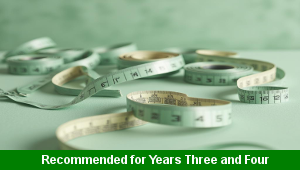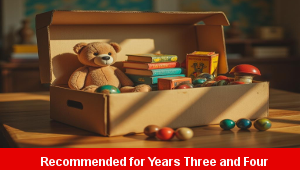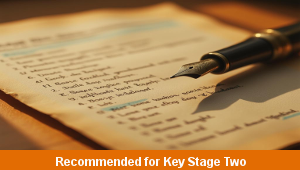Lesson Three – Rounding Ten

This maths teaching pack for Key Stage Two gets the children to explain and model how to round a range of different two and three digit numbers to the nearest ten by comparing the place values of the digits in each number.
The class can practise using a template to record whether they need to round up or down to the nearest ten for each of the selected numbers to illustrate how they can be rounded.
Download this teaching pack including a lesson plan, classroom activities and an interactive presentation to explain and model how to round a range of different two and three digit numbers to the nearest ten by comparing the place values of the digits in each number
Activities in this teaching pack include a differentiated set of worksheets to identify and record how to round a range of different three digit numbers for core and extension ability levels and two digit numbers for support ability levels to the nearest ten by comparing the place values of the digits in each number.
The interactive presentation gets the children to explore and record how to round a range of different two and three digit numbers to the nearest ten.
This lesson is part of a maths scheme of work to get the children to investigate and record the place value of the numerical digits in different numbers to thousands by partitioning, ordering and comparing. There are teaching activities for shared learning, differentiated worksheets to support independent learning and interactive presentations to introduce concepts and key skills.
-

Length Calculations
Practise using number calculations skills for addition, subtraction, division and multiplication when solving problems related to length measurements
-

Maths Calculations Assessment
Assess abilities in solving a range of different number problems for addition and subtraction when working with informal and formal written calculations
-

Determinant Lists
Explain and model how to make lists of objects used and found in different locations to match the correct determinants of a and an
-

English SPAG Assessment
Assess abilities in composing sentences for fiction and non-fiction using the correct spellings, punctuation marks and grammar vocabulary phrases
